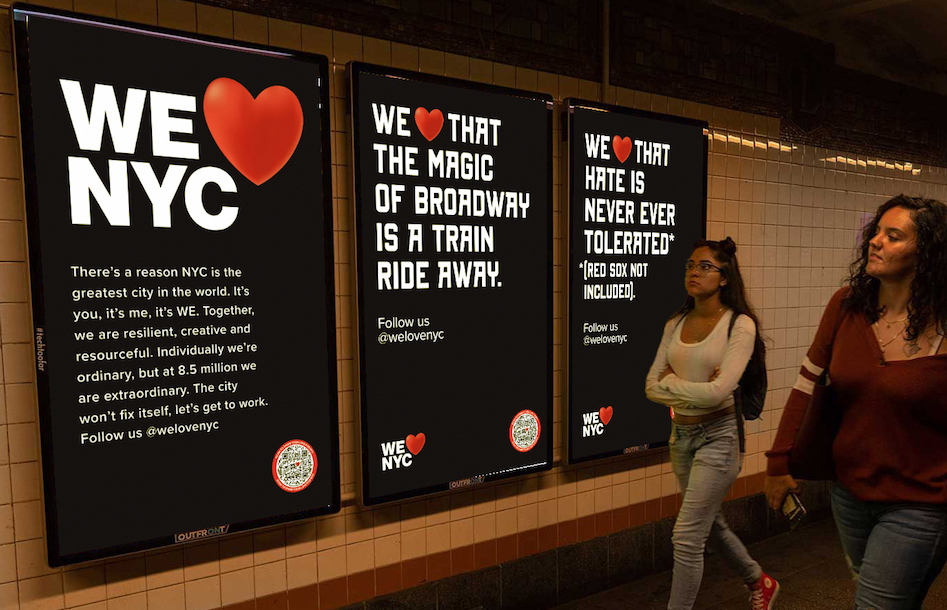Getting to the heart of it
When branding a place, it’s not just about its logo or tagline. But about tapping into what makes that place unique and special. Products and services can be boiled down to key features, but a whole place? That’s a different story. With so many voices and perceptions, finding a core essence becomes more challenging.
To make this more streamlined, we follow our uncovering process. It starts with gathering descriptions from a diverse group of stakeholders—residents, business owners, tourists, and local authorities. We listen to what they’re saying about their home. Are they speaking of peace and tranquility? Adventure and excitement? Warmth and hospitality? These recurring themes form the emotional foundation of your place brand.

It’ s not just about listening to our stakeholders; but about truly hearing and interpreting. Our process dictates that we read between the lines. What are people saying at face value and what do they truly mean? A few things that help when reading between the lines are understanding the place’s history, culture, and notable figures. Who are the local heroes? What traditions are celebrated? These insights help you understand the deeper values and beliefs that shape the community.
For instance, if a place reveres historical figures known for their pioneering spirit, this could become a central theme in your branding narrative. It’s about connecting the dots between past and present and between the literal and metaphorical messages spoken by the stakeholders.
One of the golden rules of place branding is to focus on what the destination already has. Instead of projecting future possibilities, build on the current values and strengths. This resonates deeply with both locals and visitors. Unlike retail brands that build their identity from the outside in, place branding must take an inside-out approach. Dive deep into what makes the place unique. Identify and celebrate its current successes and assets. This approach ensures the brand feels genuine, grounded, and authentic.
A successful place brand brings everyone together around a shared vision. This vision should be clear yet subtle, universal yet unique, fostering a sense of belonging among residents while appealing to a global audience. It’s a delicate balance, but when achieved, it can stand the test of time.
Consider the overarching goals that drive the branding effort. For instance, the “We Love NY” campaign aimed to drive civic action, encouraging citizens to volunteer and engage with their communities.
This collective goal created a sense of ownership and pride, transforming the brand into a powerful movement.
A shared vision means aligning the brand with the community’s values and realities. It’s about making the residents feel that the brand belongs to them and reflects their shared vision. This sense of ownership and alignment is crucial for authenticity.


